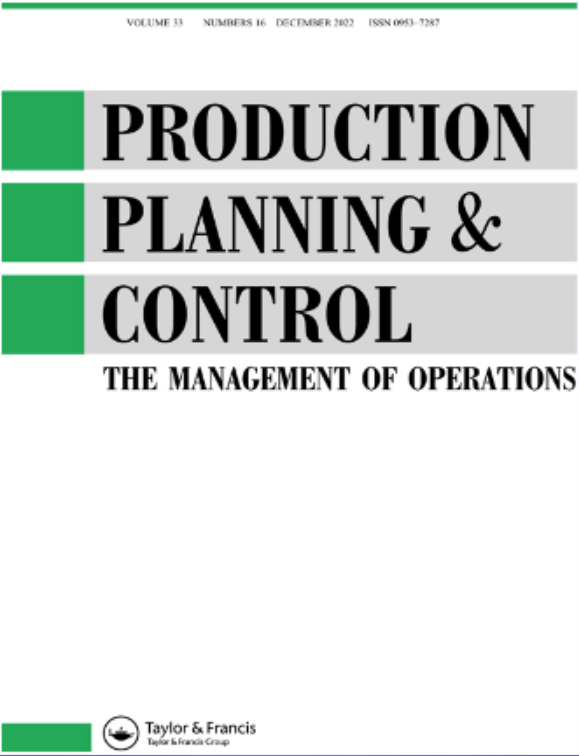Time pressure and coordinating project design in inter-functional teams: a configurational approach
IF 6.1
3区 管理学
Q1 ENGINEERING, INDUSTRIAL
引用次数: 1
Abstract
Abstract Project design has to be coordinated in an inter-functional team. This is critically challenging due to the knowledge-intensive nature of project design, the occupational boundaries between functions and time pressure facing project teams. This study aims to tackle this challenge by identifying the configurations of coordination mechanisms, i.e. mechanistic and organic coordination, adopted by inter-functional teams in the face of a high level of time pressure. A questionnaire-survey of 311 respondents from 46 building design projects was undertaken in China. Data were analyzed through a configurational analysis approach. The results show that two configurations could equally lead to high performance. Under a high level of time pressure, the configuration of formal coordination, digitally-mediated structured coordination, and cross-functional meetings is helpful to achieve high project design performance. If mechanistic coordination is absent, team members could equally accomplish superb design performance through organic coordination. This research contributes to the body of knowledge by presenting how inter-functional teams configure coordination mechanisms to deal with knowledge-intensive project design in the face of time pressure.跨职能团队的时间压力和协调项目设计:一种配置方法
项目设计必须在一个跨职能团队中进行协调。由于项目设计的知识密集型性质、职能之间的职业界限和项目团队面临的时间压力,这是非常具有挑战性的。本研究旨在通过识别跨职能团队在面对高水平时间压力时采用的协调机制配置,即机械协调和有机协调,来解决这一挑战。本文对中国46个建筑设计项目的311名受访者进行了问卷调查。通过组态分析方法对数据进行分析。结果表明,这两种配置同样可以获得高性能。在高水平的时间压力下,正式协调、数字媒介的结构化协调和跨职能会议的配置有助于实现高项目设计绩效。在缺乏机械协调的情况下,团队成员同样可以通过有机协调完成出色的设计表现。本研究通过展示跨职能团队在面对时间压力时如何配置协调机制来处理知识密集型项目设计,为知识体系做出了贡献。
本文章由计算机程序翻译,如有差异,请以英文原文为准。
求助全文
约1分钟内获得全文
求助全文
来源期刊

Production Planning & Control
管理科学-工程:工业
CiteScore
19.30
自引率
9.60%
发文量
72
审稿时长
6-12 weeks
期刊介绍:
Production Planning & Control is an international journal that focuses on research papers concerning operations management across industries. It emphasizes research originating from industrial needs that can provide guidance to managers and future researchers. Papers accepted by "Production Planning & Control" should address emerging industrial needs, clearly outlining the nature of the industrial problem. Any suitable research methods may be employed, and each paper should justify the method used. Case studies illustrating international significance are encouraged. Authors are encouraged to relate their work to existing knowledge in the field, particularly regarding its implications for management practice and future research agendas.
 求助内容:
求助内容: 应助结果提醒方式:
应助结果提醒方式:


